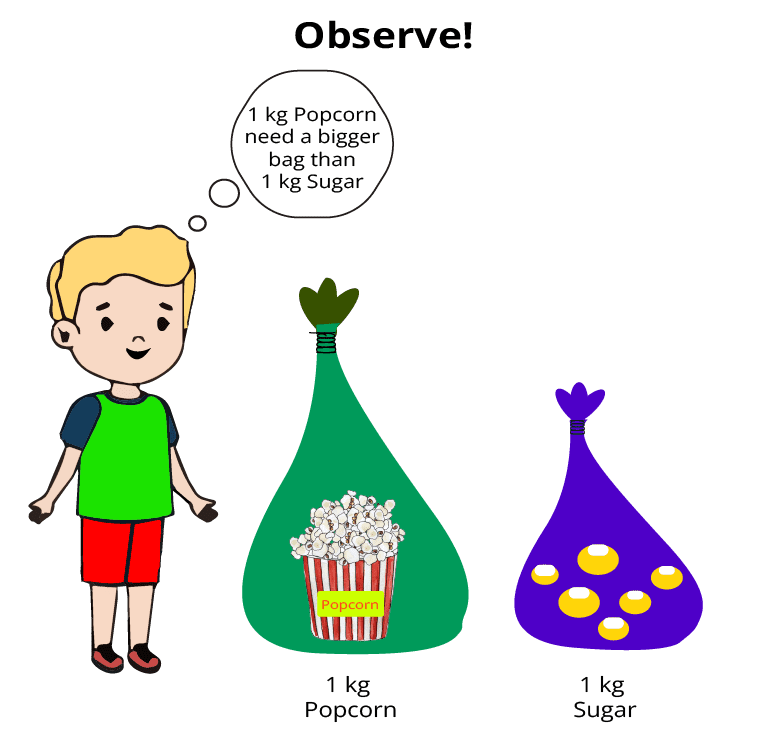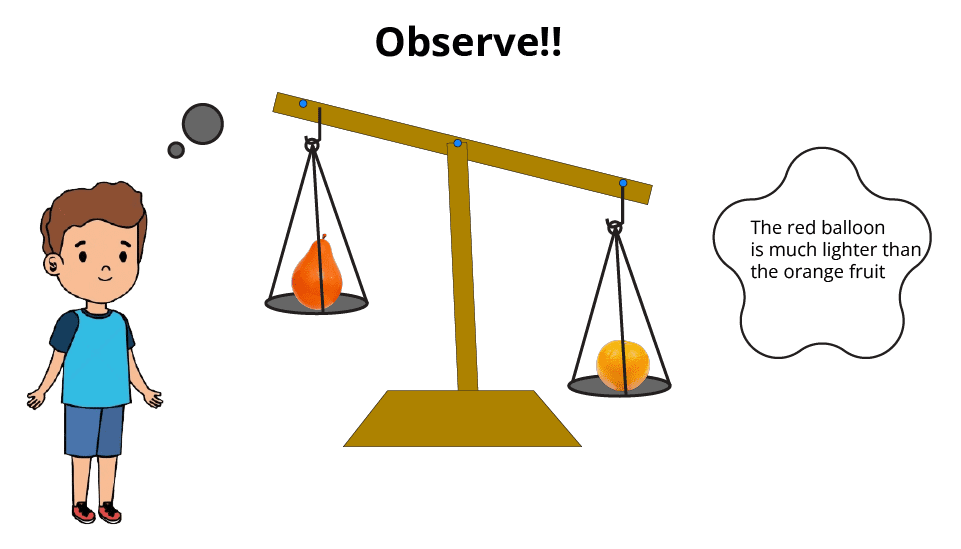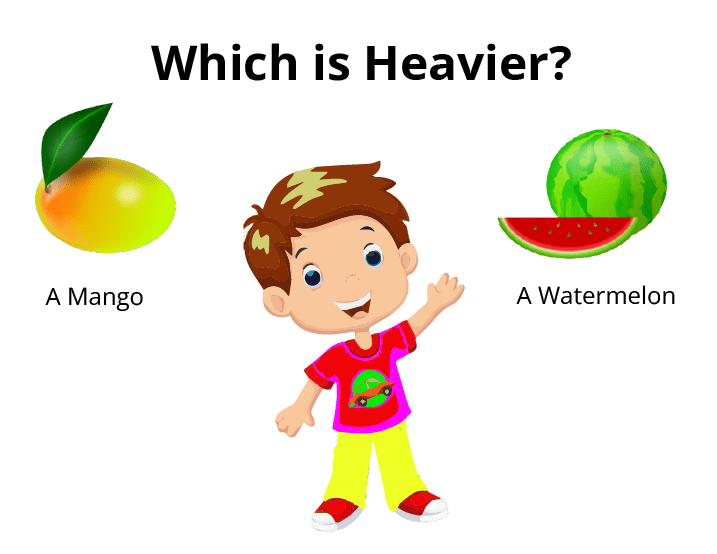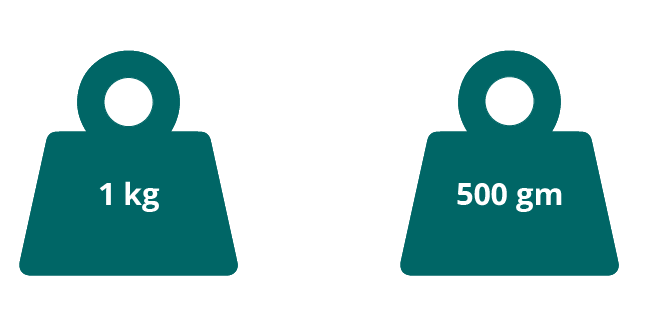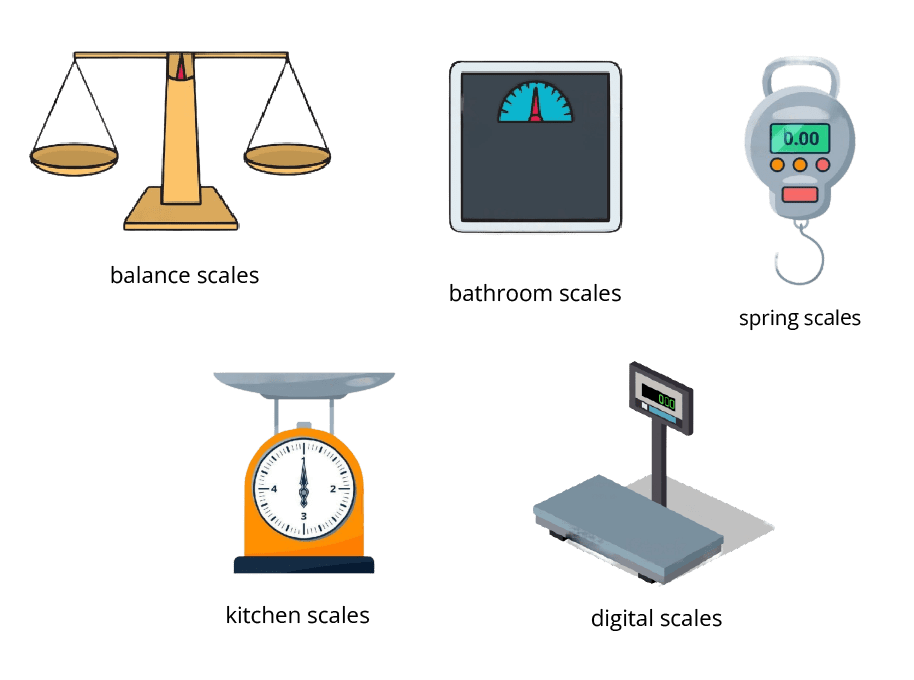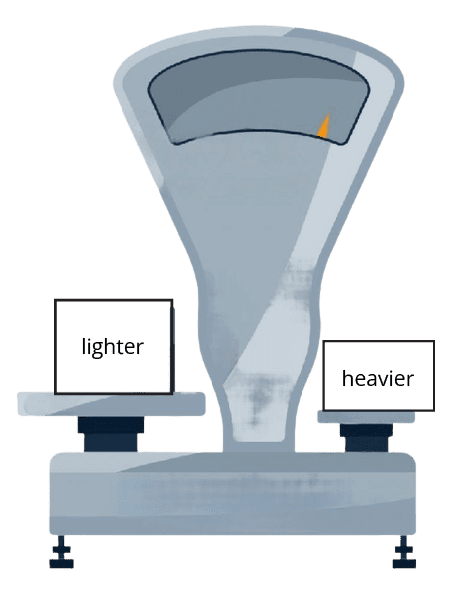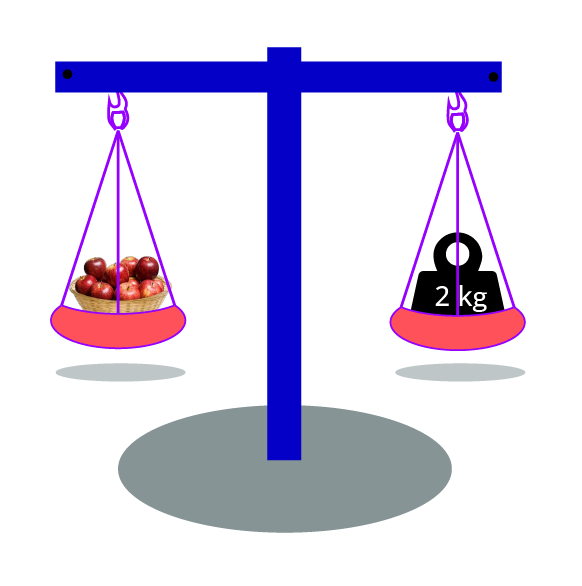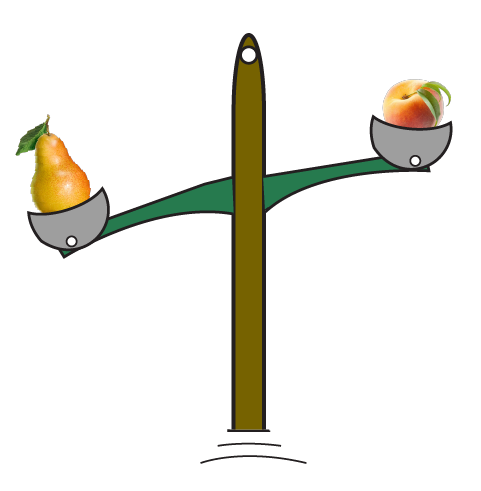An Overview of Cbse Class 3 Maths Notes Chapter 8 Who Is Heavier
FAQs on Cbse Class 3 Maths Notes Chapter 8 Who Is Heavier
1. What is the main concept to revise in the CBSE Class 3 Maths chapter, 'Who Is Heavier?'
This chapter introduces the concept of weight. The main idea is to learn how to compare objects and determine which one is heavier (weighs more) and which one is lighter (weighs less). You will also learn about the standard units for measuring weight, which are grams and kilograms.
2. How can we tell which object is heavier using a simple balance or a seesaw?
When you place two objects on a simple balance (like a seesaw), the side that goes down holds the heavier object. The side that goes up holds the lighter object. If both sides stay at the same level, it means the objects have equal weight.
3. What are grams (g) and kilograms (kg), and how are they used in this chapter?
Grams (g) and kilograms (kg) are standard units for measuring weight. We use them to know exactly how heavy something is.
- Grams (g) are used for lighter items like a pencil, a chocolate bar, or a small toy.
- Kilograms (kg) are used for heavier items like a bag of sugar, a school bag, or a pumpkin.
4. Why is it better to use standard units like grams and kilograms instead of non-standard units like stones or marbles?
Using non-standard units like stones can be confusing because not all stones have the same weight. A stone you use might be heavier than a stone your friend uses. Standard units like grams (g) and kilograms (kg) are fixed and the same everywhere. This ensures that everyone measures weight accurately and gets the same result.
5. Is a bigger object always heavier than a smaller one? Explain with an example.
No, a bigger object is not always heavier. The weight of an object depends on the material it is made of, not just its size. For example, a large, inflated balloon is much bigger than a small cricket ball, but the cricket ball is much heavier because it is made of denser material.
6. How do you solve problems that involve adding or subtracting weights?
To add or subtract weights, you must first make sure they are in the same unit. For example, to add 2 kg and 500 g, you can convert kilograms to grams (2 kg = 2000 g) and then add them together (2000 g + 500 g = 2500 g). You perform the addition or subtraction just like you do with regular numbers.
7. How can you estimate the weight of an object by holding it?
You can estimate weight by comparing it to an object whose weight you already know. For example, hold a 1 kg bag of sugar in one hand and the object you want to estimate in the other. This helps you guess if the object is heavier than, lighter than, or about the same as 1 kg. This is a quick way to get a rough idea of an object's weight.
























